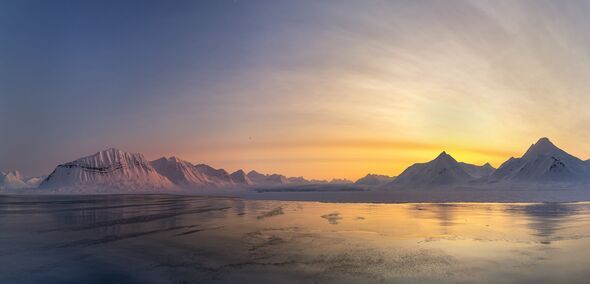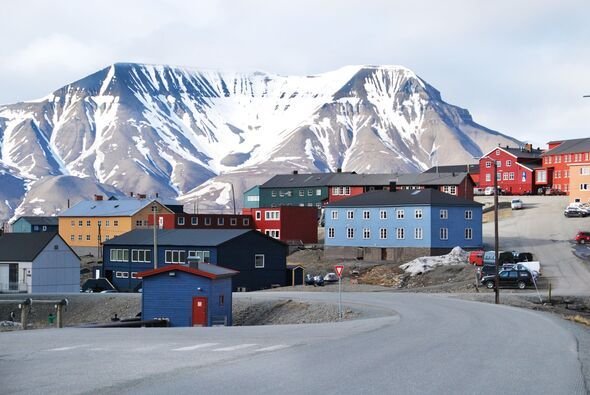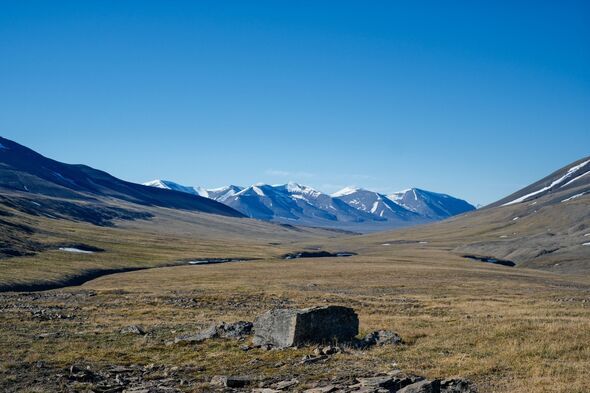

After a long, cold and dark , many people are looking forward to longer days and plenty of sunshine. But there's one place in that takes this to the extreme - where the sun doesn't fully set for around four months. From April 19 until August 23, the remote experience a natural phenomenon known as the midnight sun, according to . During this time, the sun never dips below the horizon, keeping the islands in continuous daylight.
Svalbard is a located between and the North Pole, and it's one of the northernmost inhabited areas in the world. Its largest town, , is home to restaurants, bars, and shops - all operating under the constant glow of the Arctic sun during the summer months.


According to , the midnight sun "colours the sky in reddish-yellow hues," making the landscape look like a long sunset and sunrise rolled into one.
Locals and visitors often take advantage of the endless daylight with late-night hikes, midnight kayaking trips, or simply strolling through the streets of Longyearbyen.
"The best day of the year, that's summer!" is how locals jokingly describe the short but intense season, says.
Tourists visiting the islands can experience Svalbard's stunning Arctic nature, rich wildlife, and historic mining towns.


With guided tours, visitors can also explore glaciers, go on dog-sledging adventures, and even see polar bears, reindeer, and Arctic foxes.
Svalbard is also home to the Svalbard Global Seed Vault, the University Centre in Svalbard, and several research stations.
The islands are largely protected, with seven national parks and 23 nature reserves covering two-thirds of the archipelago, helping to preserve its fragile environment.
Due to its rising popularity, new regulations were introduced by the Norwegian government in February 2024 to limit the number of tourists and protect local flora and fauna.
These include limiting cruise ship passenger numbers to 200 per vessel.